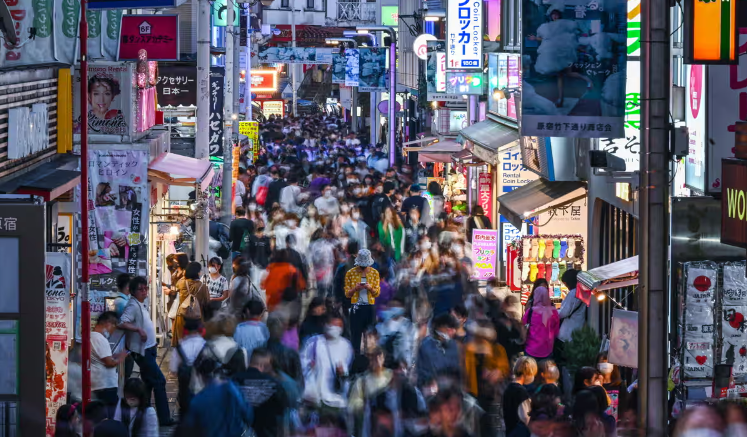Japan, known for its rich history and advanced technology, is facing a daunting challenge as its population continues to gray and decline. Government data has painted a sobering picture of the nation’s future, with forecasts indicating a significant increase in healthcare and nursing care costs. As we peer into the year 2050, the landscape reveals a financial burden that could strain the nation’s resources and reshape its social fabric.
A recent estimate from the Cabinet Office, shared during a key economic panel meeting, predicts a substantial rise in the average annual nursing care cost per capita. In 2050, this figure is expected to surge by 75%, reaching ¥235,000, compared to the level in 2019. This startling increase is primarily attributed to the growing number of elderly citizens who will require nursing care services.
Simultaneously, the average health care cost per capita is projected to swell by 22%, rising from ¥328,000 in 2019 to ¥401,000 in 2050. The financial challenge of sustaining a graying society is thus set to expand, necessitating thoughtful policies and proactive measures from the government.
The trajectory of nursing care expenses further underscores the urgency of the situation. Predictions indicate an average cost of ¥180,000 in 2030 and ¥219,000 in 2040, compared to ¥134,000 in 2019. This rise in nursing care costs is expected to outpace the increase in healthcare costs, primarily due to the growing population of individuals aged 80 or older in need of nursing care services.
Addressing this impending crisis, some panel members have emphasized the necessity of crafting forward-thinking policies that look 10 to 20 years ahead. Prime Minister Fumio Kishida has requested that the panel members engage in in-depth discussions on the policies required to mitigate these challenges and present their findings.
Japan has grappled with soaring medical and nursing care costs over the past few decades, a dilemma compounded by mounting public debt. In 2022, the total cost of nursing care, including insurance benefits and out-of-pocket expenses, reached a staggering ¥13.3 trillion—a fourfold increase from the ¥3.6 trillion recorded in 2000. It is clear that a comprehensive approach is required to address this issue.
To this end, experts have suggested several key strategies. Accelerating digitalization in the medical and nursing care fields, coupled with restructuring the healthcare system for greater efficiency and a stronger focus on preventive medicine, has been advocated. These changes could potentially mitigate the growing financial burden while maintaining the quality of care for the aging population.
In parallel, the Ministry of Health, Labor and Welfare has put forward a proposal to increase long-term care insurance premiums for individuals aged 65 and over with high incomes. Approximately 1.4 million people with annual incomes of ¥4.1 million or more could see higher premiums, with those in the highest income bracket facing potential increases of up to around ¥5,000 per month. This adjustment aims to redistribute the burden, lowering premiums for the remaining 13 million people with lower incomes.
Despite these measures, there is understandable caution regarding changing the income range of those required to pay a portion of their expenses when using nursing care services. Currently, single-person households with annual incomes of less than ¥2.8 million, including pension, pay 10% of the expenses. Policymakers must balance the need for fiscal reform with ensuring a sustainable and equitable social security system.
Japan’s demographic challenges are real and substantial, but they are not insurmountable. With careful planning, innovative strategies, and a commitment to addressing the needs of the elderly, Japan can continue to provide quality care for its aging population without breaking the bank. As this issue looms on the horizon, proactive action is the key to ensuring the nation’s healthcare and social welfare systems remain resilient and adaptable to the changing times.
(Source: Kazuaki Nagata | Japan Times)









